When Public Realm Meets Global Pandemic
A Q&A with Nina-Marie Lister
Text by Helene Iardas, OALA
We will likely remember the past year as being marked by unprecedented isolation, turmoil, and challenges. However, it has also been a period of exploration and ingenuity on many fronts. The public realm, our shared public spaces, is one of those fronts. In response to the global pandemic, our shared outdoor space has transformed, both physically and figuratively. We, as a society, have already begun using and thinking about the public realm of streets, parks, open spaces, and ravines differently, more creatively, and, perhaps, more appreciatively.
But was it all just a bone we were thrown in an otherwise dismal year? Or, are there important lessons we can use, going forward, when our current danger has passed?
We had the opportunity to ask Professor Nina-Marie Lister, director of the Ecological Design Lab at the School of Urban and Regional Planning, Ryerson University, how the COVID-19 pandemic challenged and changed our public realm, and what we can learn from that.
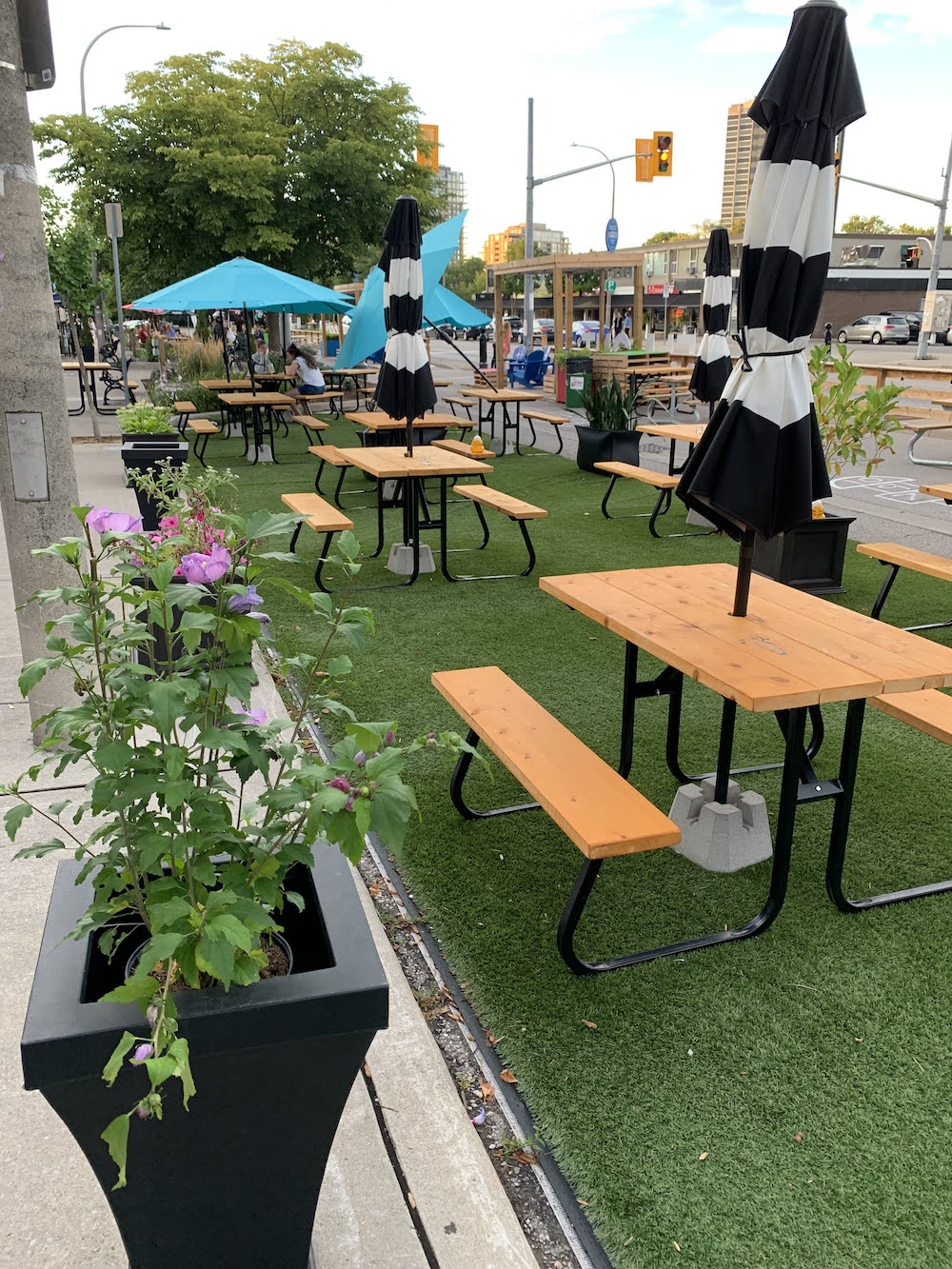
Helene Iardas: How do you think the perception of the public realm—parks, streets, ravines, publicly accessible open spaces—has, or will change within different organizations, industries, and the public as a result of the COVID-19 pandemic?
Nina-Marie Lister: Why don’t I start with the public. The public isn’t one group, of course, it’s a diverse range of publics with very different ideas and relationships to what we might call the public realm. From a landscape and ecological perspective, which is the lens through which I look at the city, most of my work involves connecting people to nature in the city, and ideas about nature are often expressed in the public realm. Sure, they’re expressed in parks and gardens, but also in the connected spaces between those, our trails, our parks, our hinterlands, our ravines, for example.
The research that we’re doing right now and the engagement that we have through the Ecological Design Lab in the public realm clearly shows that never before has there been as heightened an awareness of the importance of time spent, first of all, outdoors, and secondly, in something that we relate to as nature. I would say that the pandemic has offered a more heightened and urgent sense of connection for public mental health and physical well-being in the sense of awareness and relationship to the public sphere or the public realm.
In pre-pandemic times, the public realm does not enjoy the same public sector profile that does our other capital infrastructures around the construction of roads, bridges, pipes, sewers, et cetera. That’s changing. The investment in the public realm is now seen as social and ecological infrastructure for well-being. That’s what’s changed.
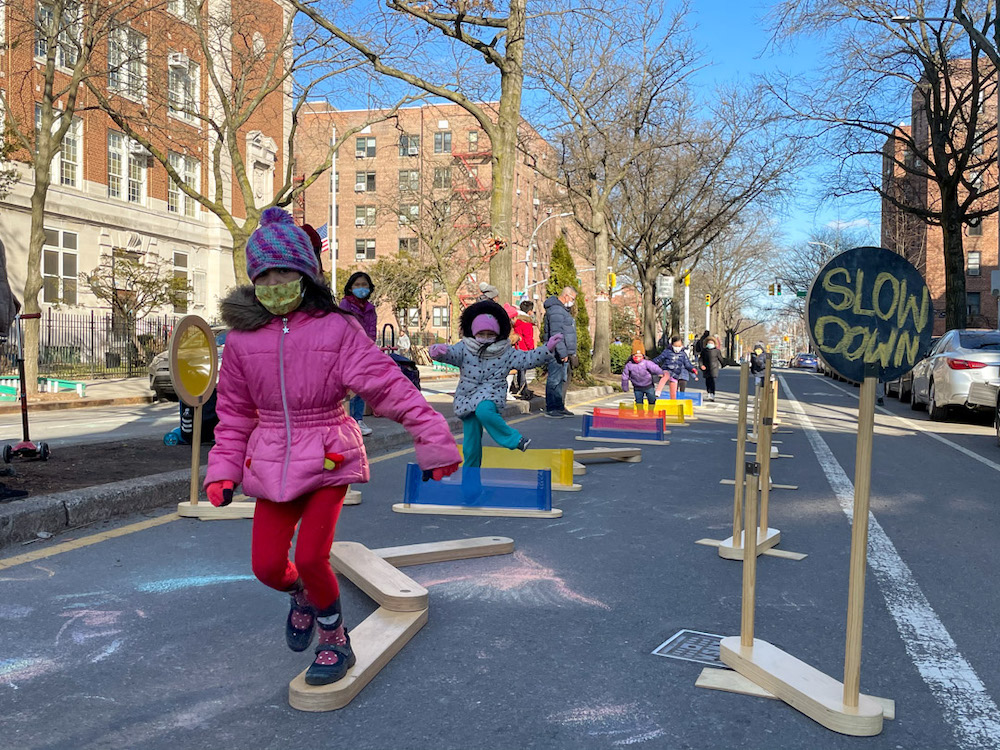
HI: Where would a changed attitude toward the public realm make the biggest difference, in your opinion?
NML: I would reiterate the emphasis that the investment in the capital infrastructure of our public realm is suddenly justified on the basis of health and well-being outcomes for people. That change in attitude from public sector leaders, thought leaders, elected officials, that’s hugely important right now.
HI: As the pandemic continues, both public and private organizations have begun to change the way outdoor space is being used and valued. Bike lanes, temporary street closures, outdoor patios, and social distance design features in parks are a few of the emergent strategies and projects that have already started to be explored and put in place.
Is there a specific example of a public space or strategy that you believe could be a prototype for, or at least the start of, a conversation about how the public realm can better respond to physical health, mental health, social connections, and social challenges such as we are currently experiencing?
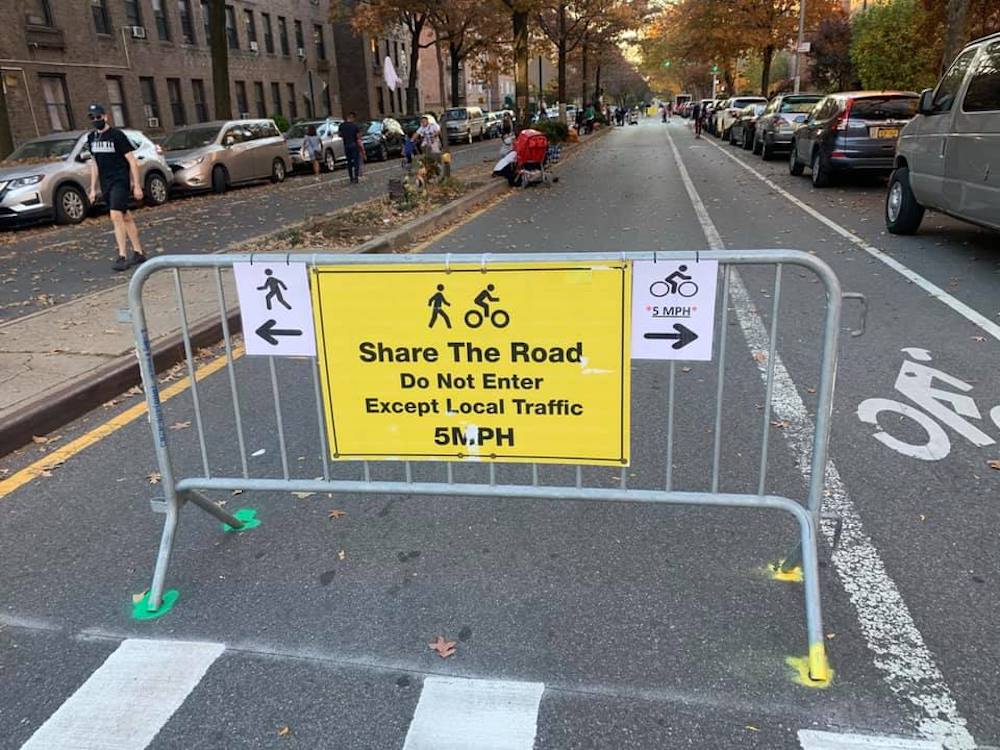
NML: Ultimately, you’re asking about ways in which we can use the public realm to both connect us and distance us. The issues that this question raises for me have to do with issues of temporal and spatial scale.
Our public spaces are not just for social gathering. They’re places for reflection, for contemplation, for taking solace outdoors, for communing with nature sometimes, and those actions are good for our mental health. They’re incredibly important for our physical well-being. As it turns out, the pandemic has highlighted what science has already told us is really critical to health and well-being. This means that programming for those public spaces takes on a new kind of flexibility and urgency.
I like to think about ways in which we can use the public spaces we have in a more ameliorated or mediated way. Think about “time zoning,” a kind of temporal zoning of our parks, where perhaps there are hours of the day when they are specific to seniors or specific to small children. It’s not just the design of physical space, but the design of the policies that guide behaviours and use of those spaces.
The obvious examples in the pandemic that I think have really shown that kind of short turnaround in responsiveness would be a simple matter of closing a lane to cars and allowing bicycles or walking, for people to be spread out more. That was a relatively easy fix that happened very early on in the pandemic, and that is likely to have some staying power.
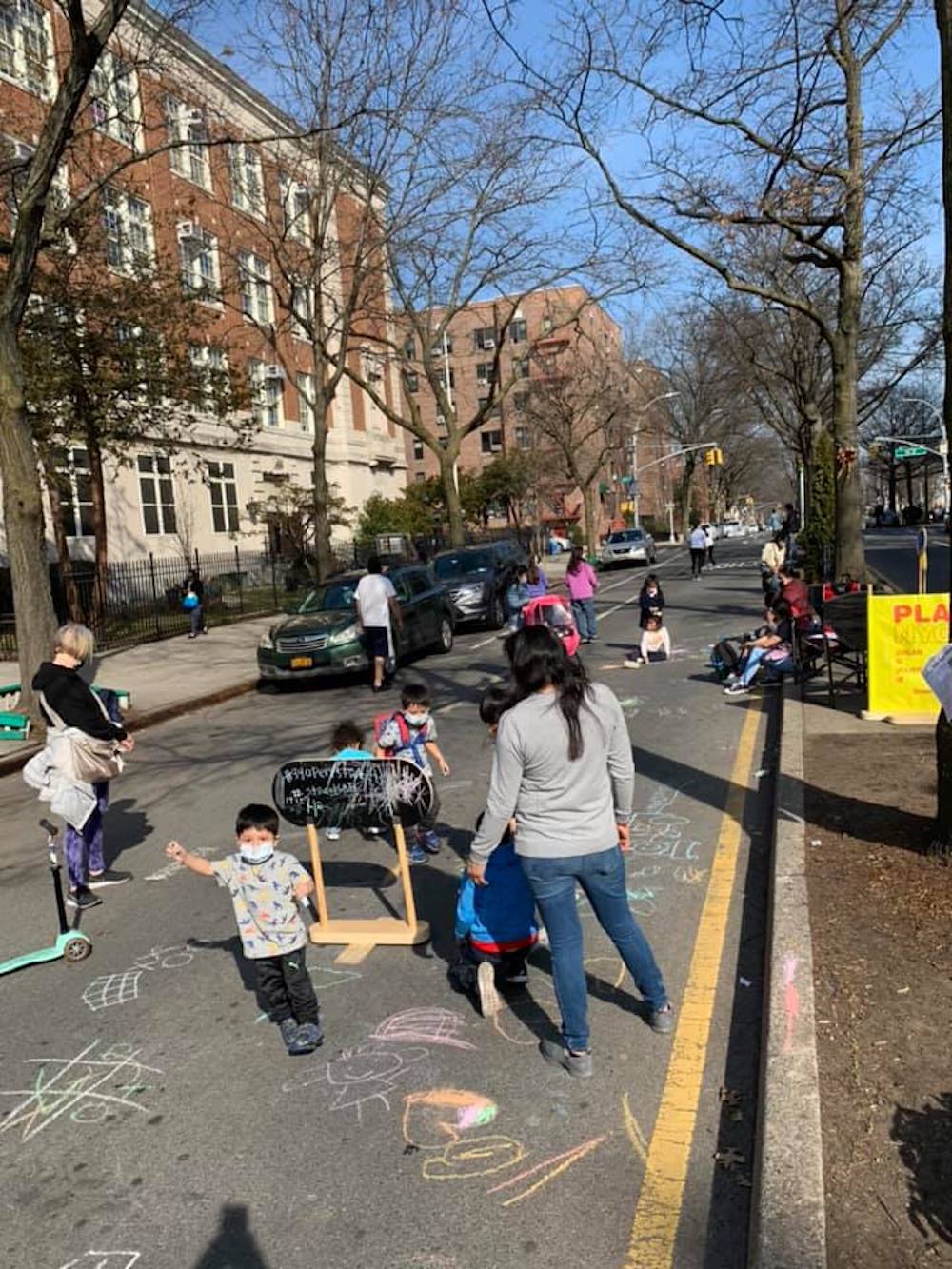
Many of our interventions, out of urgency or crisis, have shown the power of creativity, but also the power of overcoming barriers. It’s amazing how powerful the barrier to accessing wine and beer in restaurants after hours was, and that just vaporized overnight. So, I think our ability to overcome policy barriers is really a matter of will. It’s a matter of political will, of course. It’s also a matter of thinking creatively how we can take what we learned as urgent responsiveness in a pandemic and apply it to good, thoughtful, proactive programming of public spaces.
My favourite example, I would say isn’t actually a pandemic response, but rather a very smart response to the intersection of people and wildlife in cities. We have for a long time contemplated closing roads to traffic in areas where, in spring, amphibians need to migrate. So, temporary closure of roads to allow amphibians to move across a roadway to a safe breeding or feeding ground is not an outrageous proposition. We do it in lots of places, and it’s temporary—a matter of days or weeks. We managed to do it with bicycles and people, extending the sidewalk into the roadway, because there wasn’t as much traffic to have to worry about.
The emphasis is really on temporal and spatial flexibility, on thinking creatively about policy, as much as about infrastructure.
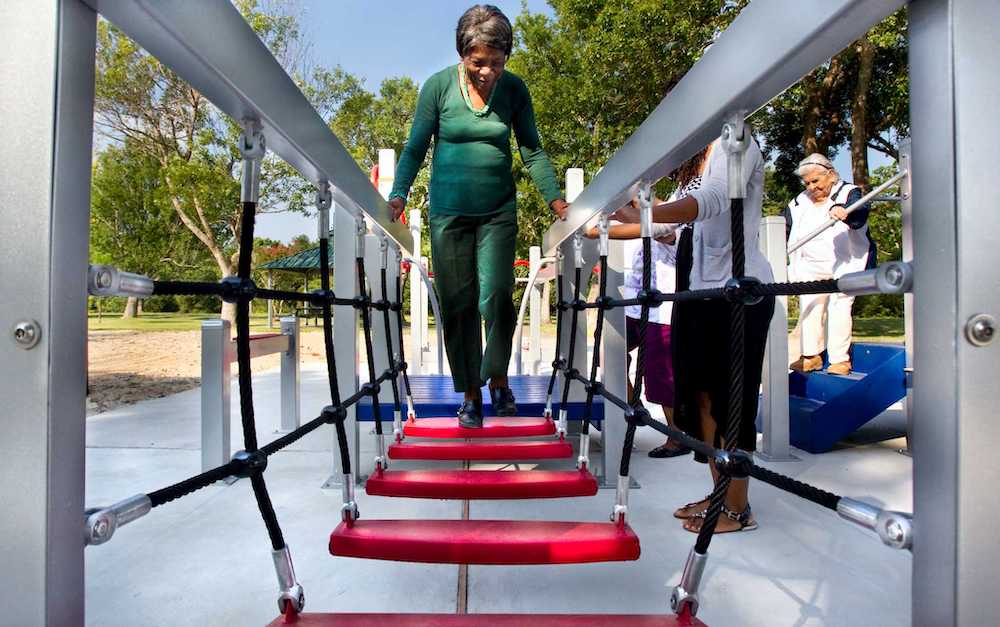
HI: In a post-pandemic world, what would be the “lessons learned” for designing, programming, and maintaining a beautiful, resilient, and more welcoming public realm?
NML: Most importantly, it is an appreciation of the public realm’s value at a time when we were all confined to the private realm.
I think it is fair to say, as many have, that while we are all weathering the storm together, we are not all on the same ship. Some are in first-class, and many are at the bottom of the ship, or on a lifeboat. So, I think what we take away from that is that the public realm, the outdoor space, is the kind of accessible space where we need to pursue equity. It has to be something that is accessible for everyone. And the period of confinement in our cabins, if you will, luxurious or in poverty, makes us all understand and appreciate the desperate need for access to that public realm. The lesson that we take away is its critical value to a convivial and healthy democracy.
Actually, we need equitable access to those aspects of the public realm that sustain us, and, a lot of that is the physical green infrastructure of the public realm that supports not only us, but the other species that sustain us. I hope that’s something we all take away: that it’s not just about equal access to a soccer field, but rather access to nature, and access to the mental health and well-being benefits that it provides us.
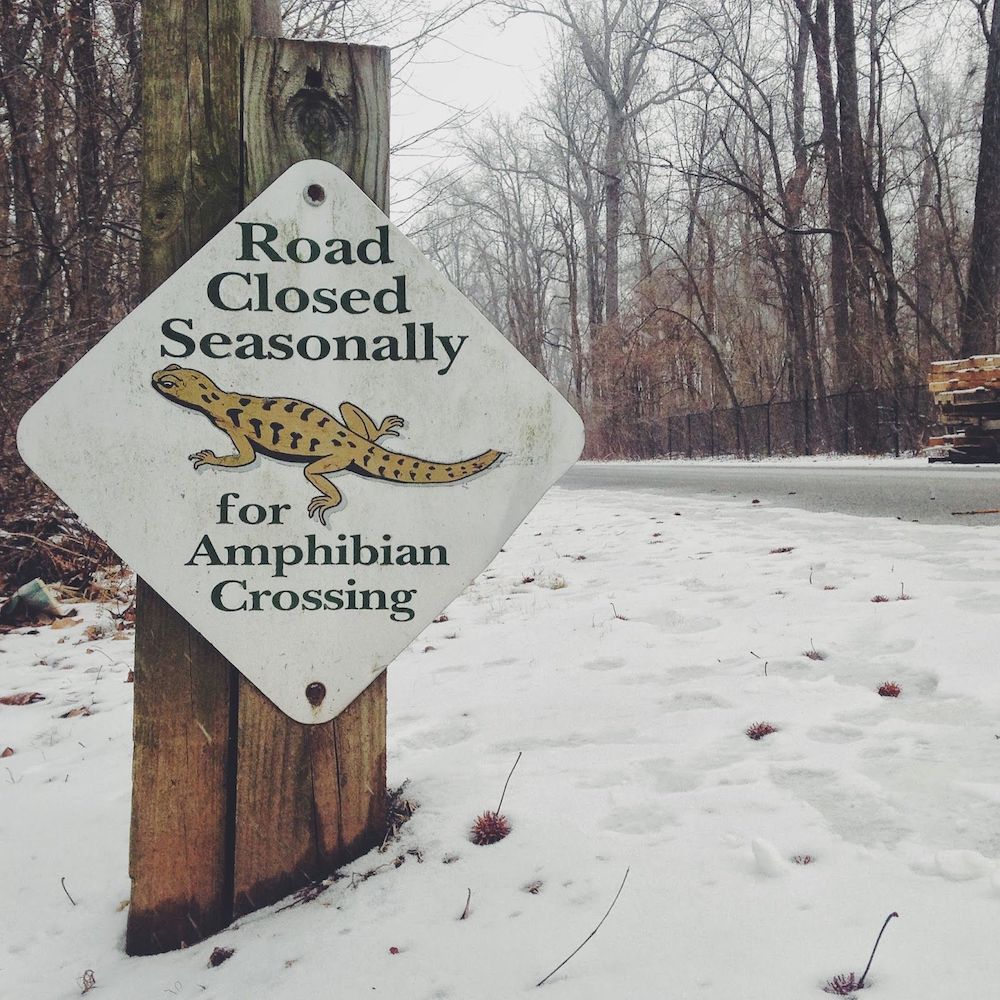
BIO/ Helene Iardas, OALA (semi-retired), CSLA, RPP, MCIP (retired), graduated from the University of Guelph with a Bachelor of Landscape Architecture in the late seventies and then, combining landscape architecture, city planning, urban design and environmental design, crafted a career that spans over four decades. Recently retired from Toronto City Planning, Helene is pursuing wide-reaching design interests that range from her own garden restoration project to climate change and urban design.
